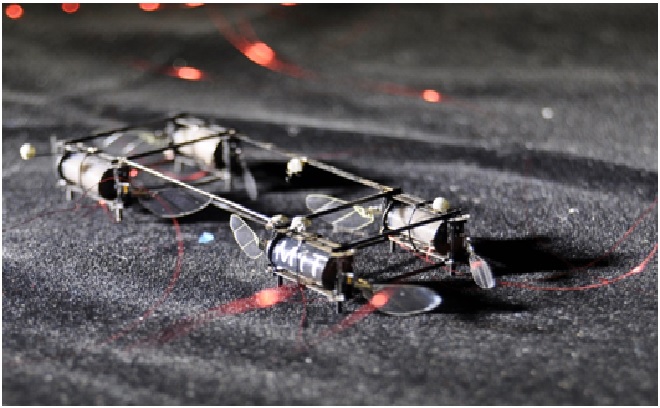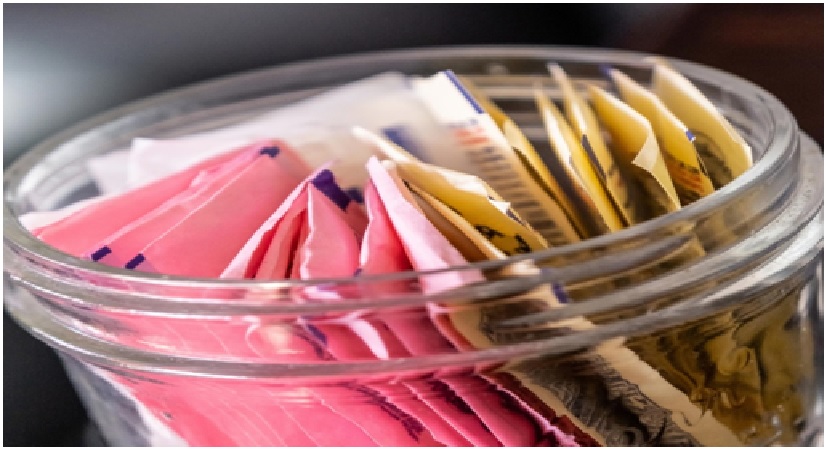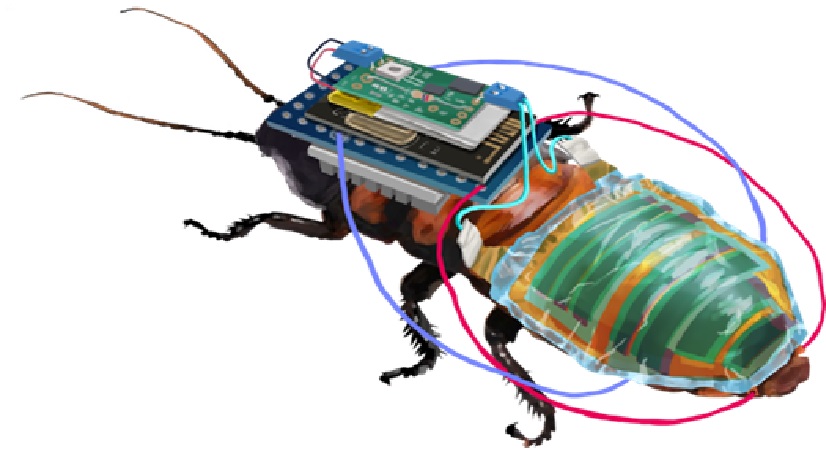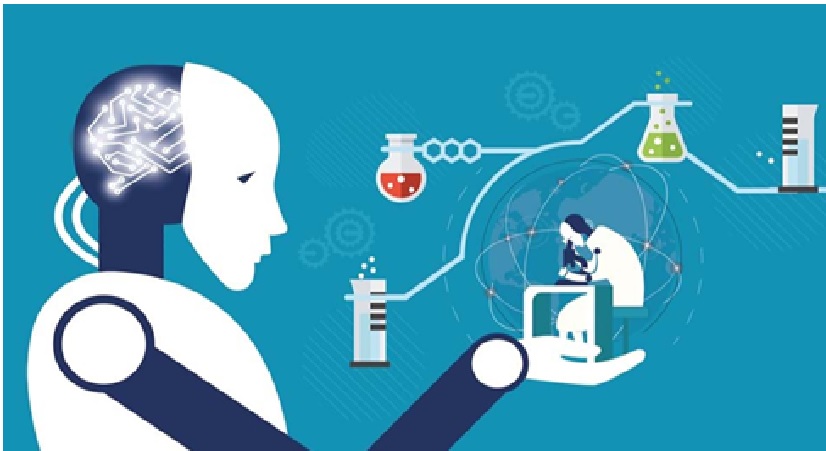Floating 'artificial leaves' ride the wave of clean fuel production
Researchers have developed floating ‘artificial leaves’ that generate clean fuels from sunlight and water, and could eventually operate on a large scale at sea.
The researchers, from the University of Cambridge, designed ultra-thin, flexible devices, which take their inspiration from photosynthesis – the process by which plants convert sunlight into food. Since the low-cost, autonomous devices are light enough to float, they could be used to generate a sustainable alternative to petrol without taking up space on land.
Outdoor tests of the lightweight leaves on the River Cam – near iconic Cambridge sites including the Bridge of Sighs, the Wren Library and King’s College Chapel – showed that they can convert sunlight into fuels as efficiently as plant leaves. [1]
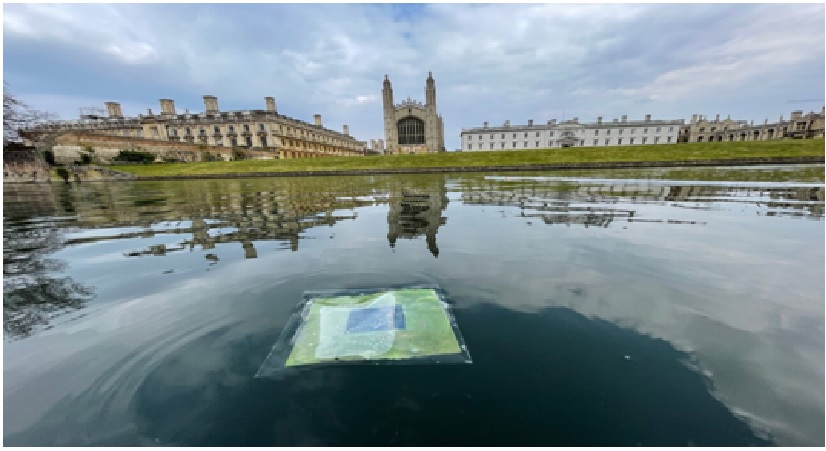
Figure 1. Floating 'artificial leaves' ride the wave of clean fuel production
Figure 1 shows this is the first time that clean fuel has been generated on water, and if scaled up, the artificial leaves could be used on polluted waterways, in ports or even at sea, and could help reduce the global shipping industry's reliance on fossil fuels.
While renewable energy technologies, such as wind and solar, have become significantly cheaper and more available in recent years, for industries such as shipping, decarbonisation is a much taller order. Around 80% of global trade is transported by cargo vessels powered by fossil fuels, yet the sector has received remarkably little attention in discussions around the climate crisis. [2]
“This research demonstrates that synthetic leaves are appropriate with fashionable fabrication strategies, representing an early step in direction of the automation and up-scaling of photo voltaic gasoline manufacturing,” stated Andrei. “These leaves mix the benefits of most photo voltaic gasoline applied sciences, as they obtain the low weight of powder suspensions and the excessive efficiency of wired techniques.” [3]
Tests of the new artificial leaves showed that they can split water into hydrogen and oxygen, or reduce CO2 to syngas. While additional improvements will need to be made before they are ready for commercial applications, the researchers say this development opens whole new avenues in their work.
"Many renewable energy technologies, including solar fuel technologies, can take up large amounts of space on land, so moving production to open water would mean that clean energy and land use aren't competing with one another," said Reisner. "In theory, you could roll up these devices and put them almost anywhere, in almost any country, which would also help with energy security." [4]
References:
- https://sciencenewsnet.in/floating-artificial-leaves-ride-the-wave-of-clean-fuel-production/
- https://www.printedelectronicsworld.com/articles/27480/floating-artificial-leaves-ride-the-wave-of-clean-fuel-production
- https://dailyinformat.com/2022/08/18/floating-artificial-leaves-ride-the-wave-of-clean-fuel-production/
- https://www.sciencedaily.com/releases/2022/08/220817114204.htm
Cite this article:
Thanusri swetha J (2022), Floating 'artificial leaves' ride the wave of clean fuel production, AnaTechMaz, pp.177




